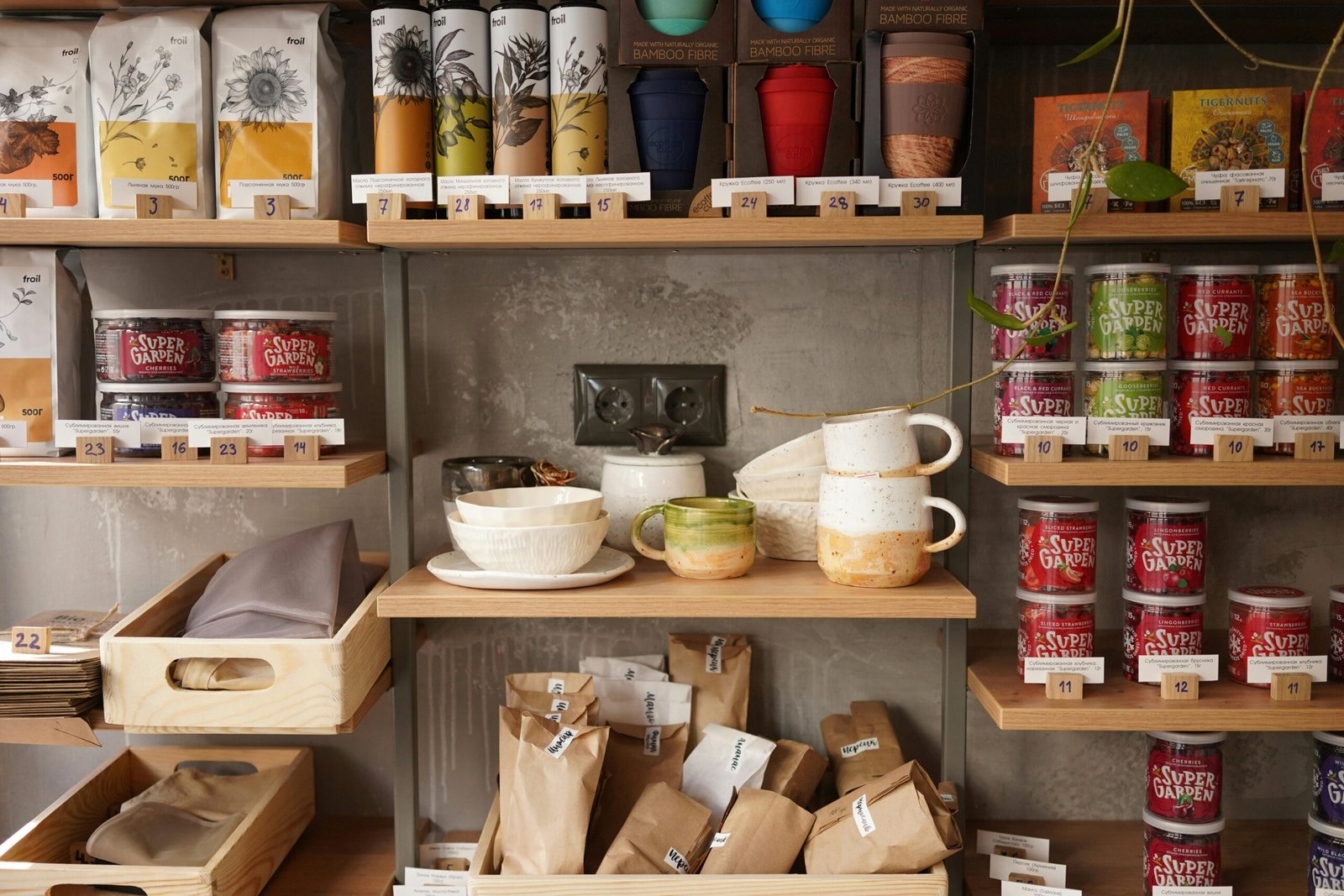Is your kitchen unknowingly putting food quality and safety at risk with outdated storage habits? Food storage and rotation isn’t just about organizing shelves—it’s a proven system for reducing waste, keeping ingredients fresh, and protecting your budget.
The key lies in FIFO (First In, First Out), along with clear labeling and regular inspections. When done consistently, these methods transform everyday food management into a reliable system that saves money and safeguards health.
Why FIFO Matters
FIFO ensures that the oldest products are used first, preventing items from being forgotten at the back of the fridge or pantry. By using what you already have before opening new stock, you:
- Reduce spoilage and waste
- Keep food fresher for longer
- Maintain safe storage practices
- Streamline pantry and fridge organization
Think of FIFO as a small daily habit that pays off in big savings and better meals.
How to Implement FIFO (Step-by-Step)
When new items come in, follow these simple steps:
- Inspect deliveries or purchases – Check expiration dates and packaging integrity.
- Reject near-expiry items – Don’t stock items with limited shelf life.
- Place older items in front – Store new products behind existing stock.
- Label clearly – Use waterproof labels with product name, date received, and expiration date.
- Check daily for perishables – Monitor fruits, vegetables, dairy, and meats closely.
- Rotate regularly – Always move newer items to the back.
Pro Tip: Keep a permanent marker and roll of labels in your kitchen so dating items becomes quick and automatic.
Safety Checks to Include
Food rotation isn’t only about order—it’s about safety. Make sure to:
- Perform daily temperature checks for refrigerators and freezers
- Discard questionable or damaged items immediately
- Train family members or staff on proper handling practices
Clear labels make these checks faster and more reliable, giving everyone confidence in the food being served.
Advanced Food Storage and Scheduling
Once you’ve mastered the basics, you can add advanced strategies to take food safety and efficiency even further:
| Technique | Description |
| Daily Inspection | Quick checks of perishable areas to catch spoilage early |
| Weekly Audit | Review dry goods and bulk stock for damage or pests |
| Expiry Tracking | Record product dates to ensure timely use |
| Environment Control | Monitor temperature and humidity for freshness |
Using Technology for Smarter Storage
- Digital dashboards can track expiration dates automatically.
- Automated alerts notify you when items are nearing their use-by date.
- Manual checklists remain valuable for confirming nothing is overlooked.
This balance between tech and hands-on routines creates a strong, waste-reducing system.
Long-Term Storage Solutions
Not everything in your pantry is meant for quick rotation. For long-term security, it helps to keep a reserve of food designed to last years without spoiling. Brands like My Patriot Supply offer emergency survival food kits that come pre-packaged for durability. These are especially useful for:
- Emergency preparedness
- Backup supplies during natural disasters
- Long-term pantry stability when fresh items aren’t available
By pairing a rotation system with shelf-stable options, you can strike a balance between everyday use and long-term readiness.
Key Takeaways
Food storage and rotation techniques are more than kitchen organization—they’re essential habits that:
- Extend shelf life and maintain food quality
- Reduce unnecessary waste and costs
- Improve safety for your household or business
- Create consistency in daily kitchen operations
Commit to FIFO, labeling, and regular inspections, and you’ll see how small steps lead to big improvements in food safety and savings.
FAQ
What is the FIFO method for food storage?
FIFO (First In, First Out) means using older stock before newer items. It reduces waste and ensures fresher meals.
How should food items be labeled?
Use waterproof labels with the product name, packaging date, and expiration date. Clear labeling helps avoid mistakes.
How often should food storage areas be inspected?
Check perishables daily and dry goods weekly. Frequent inspections catch problems early.
What makes an effective long-term food storage container?
Choose airtight, moisture-proof, pest-resistant, food-grade containers to protect freshness. For true emergency readiness, pre-packed survival kits like those from My Patriot Supply can provide peace of mind.

